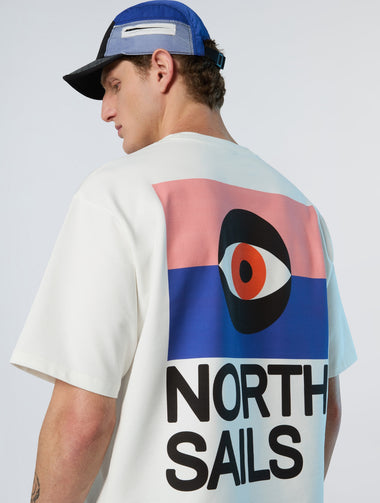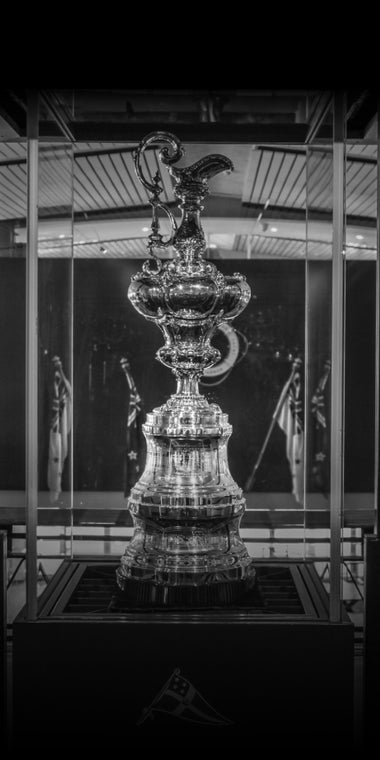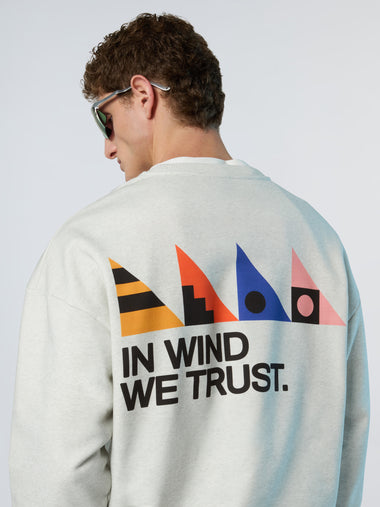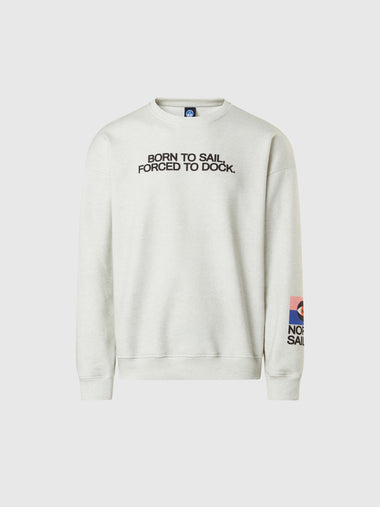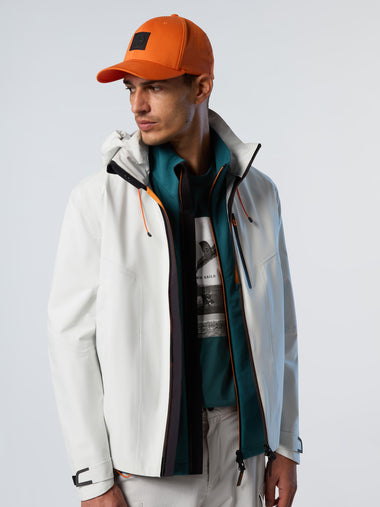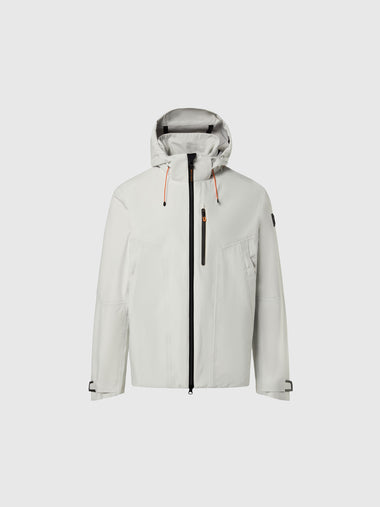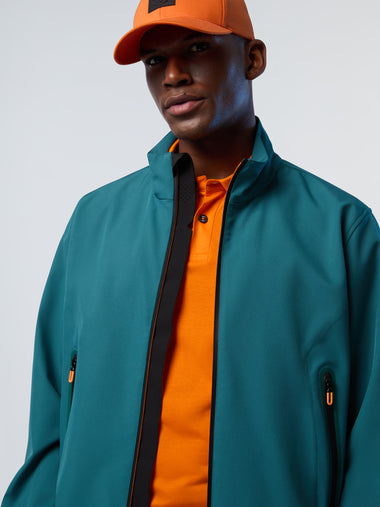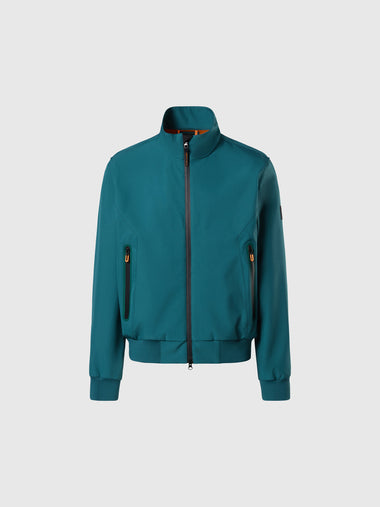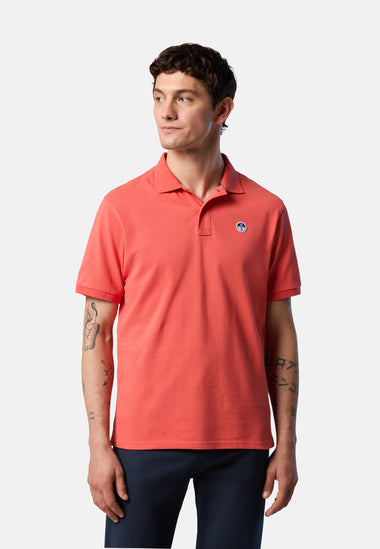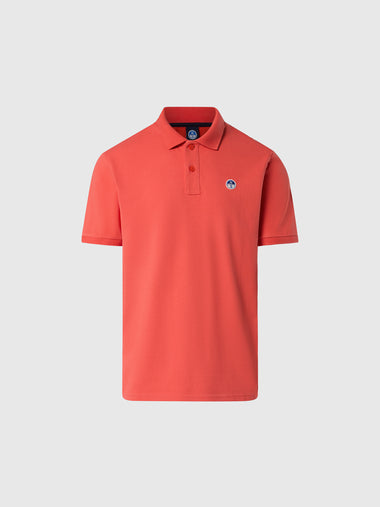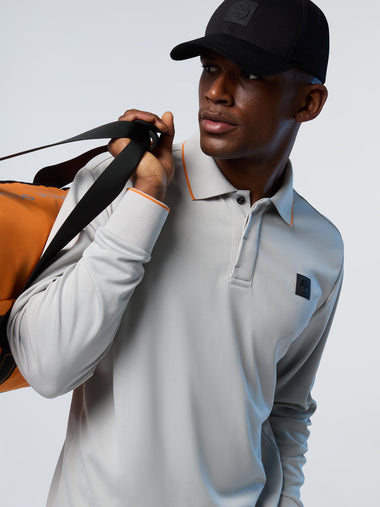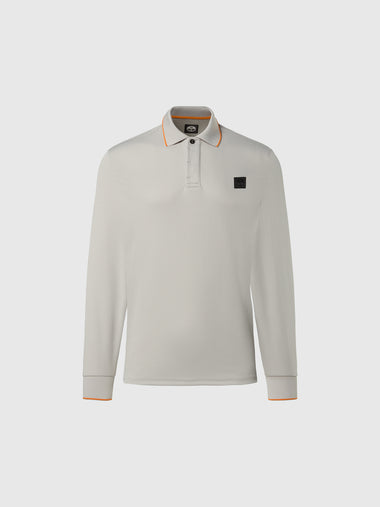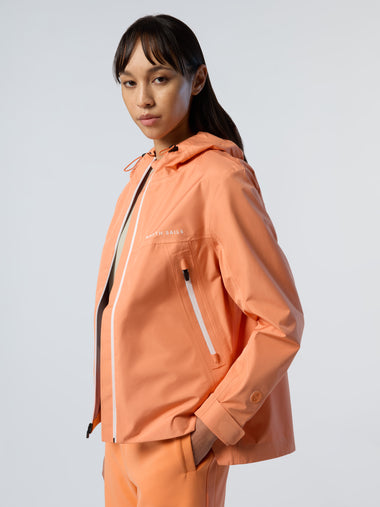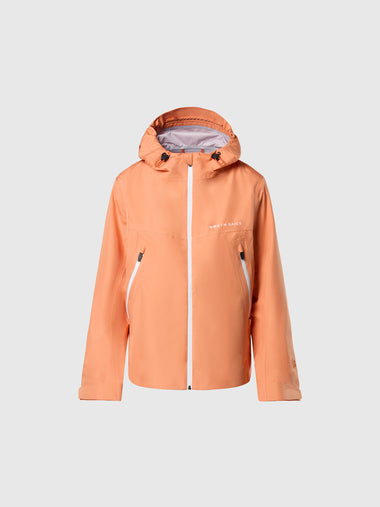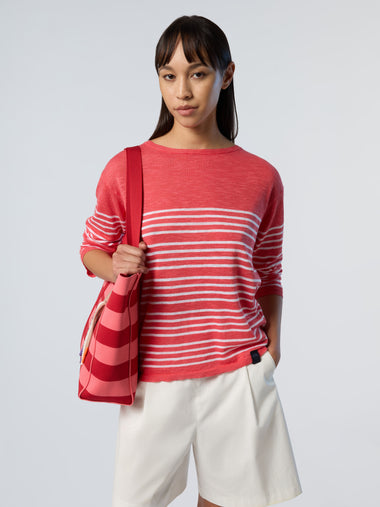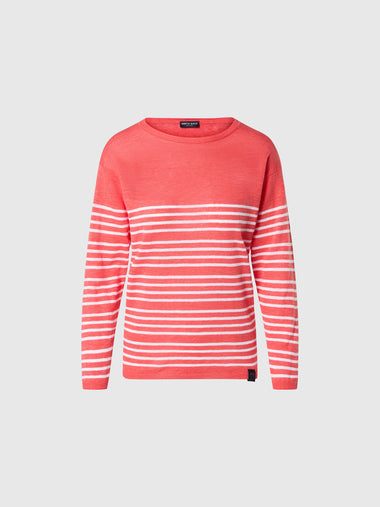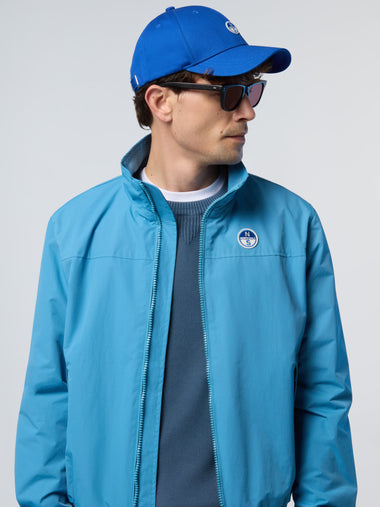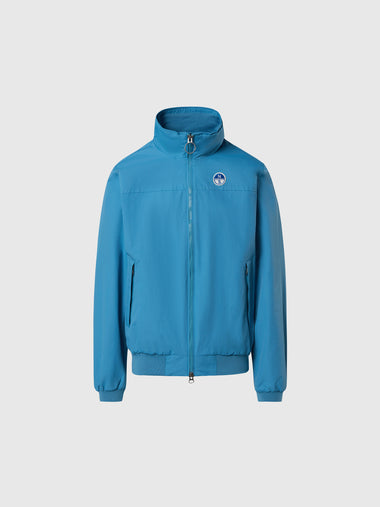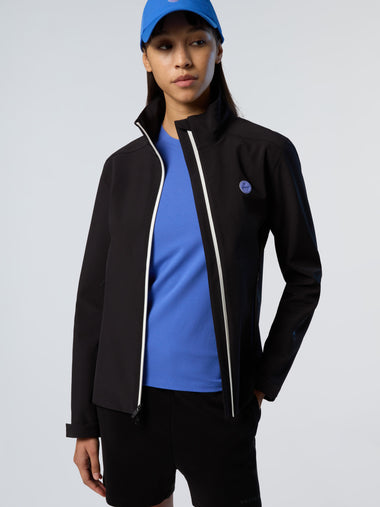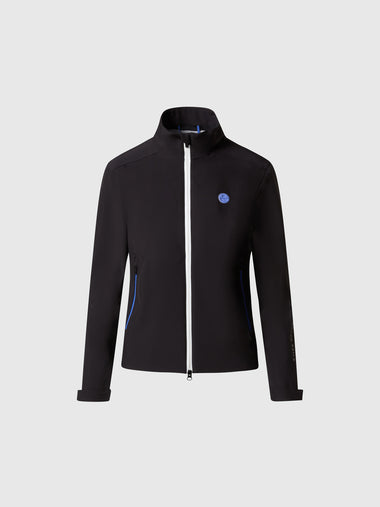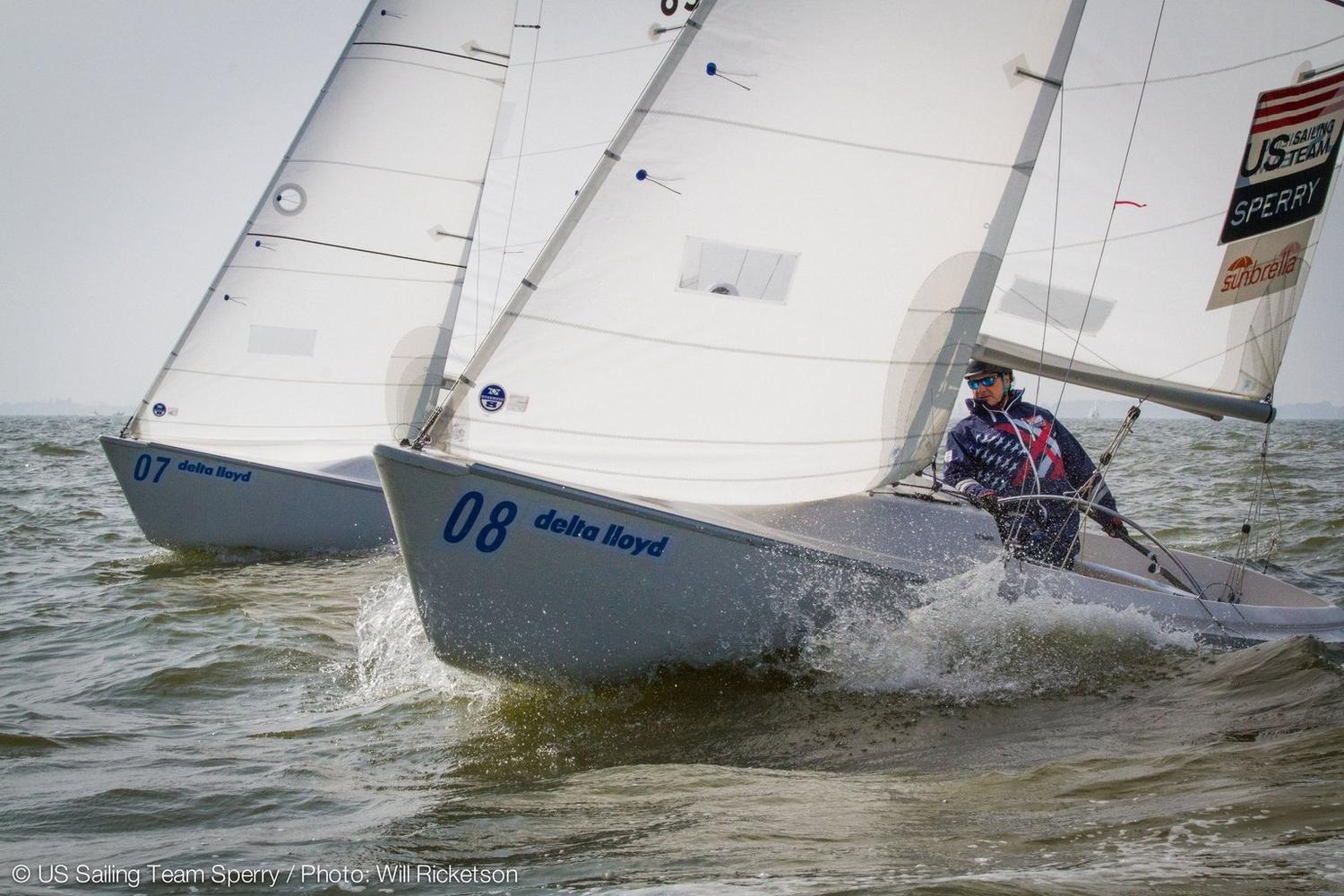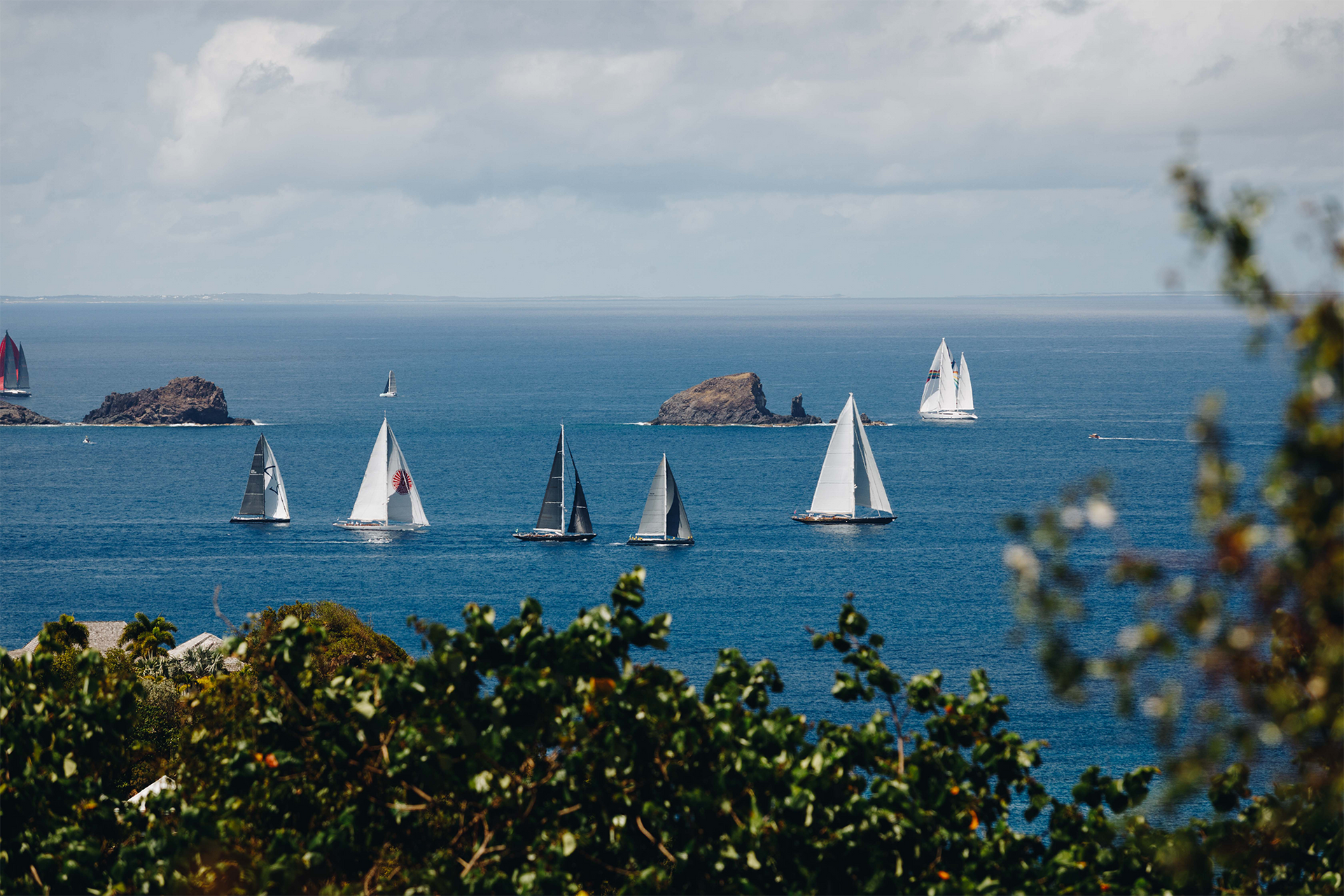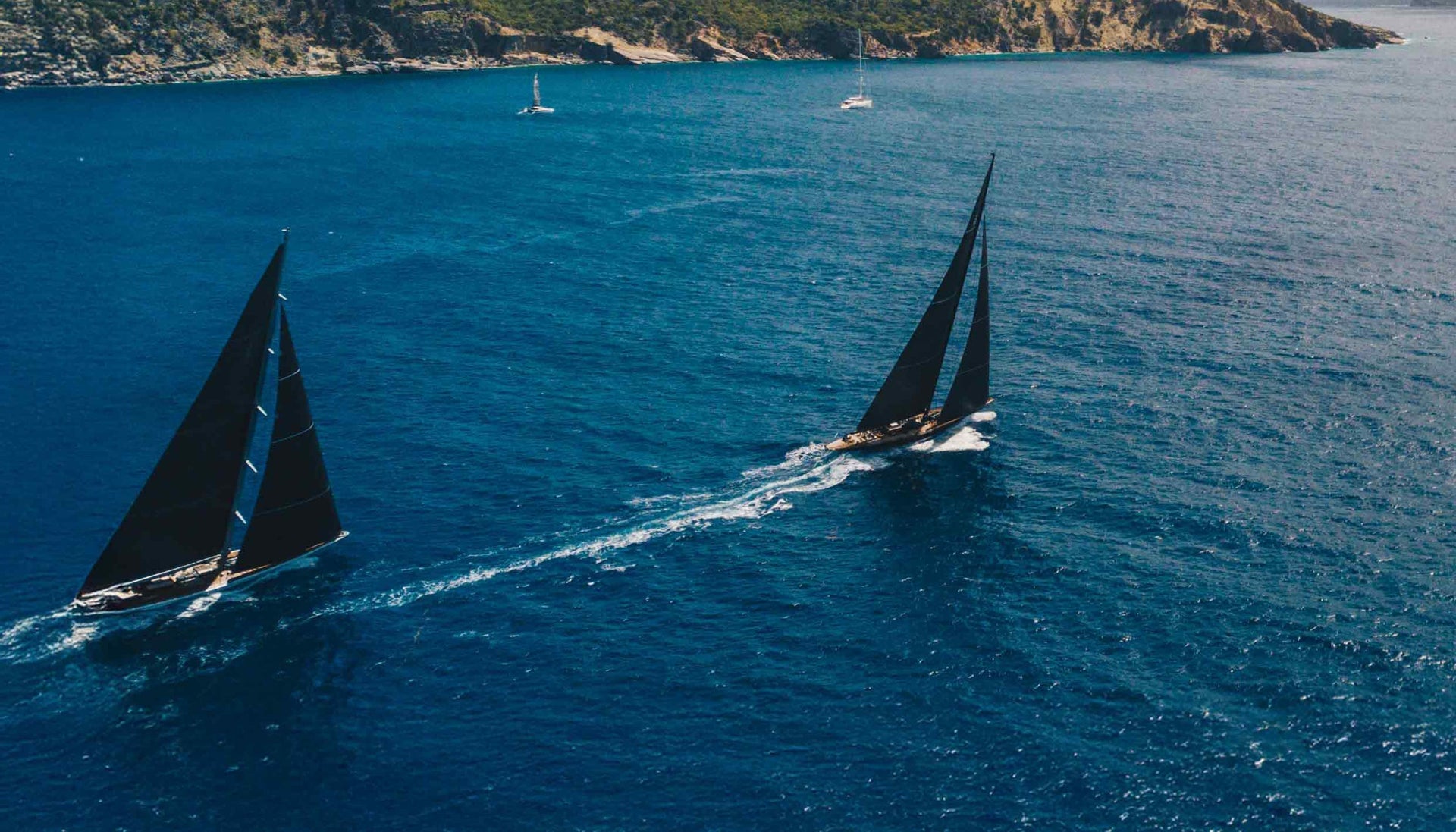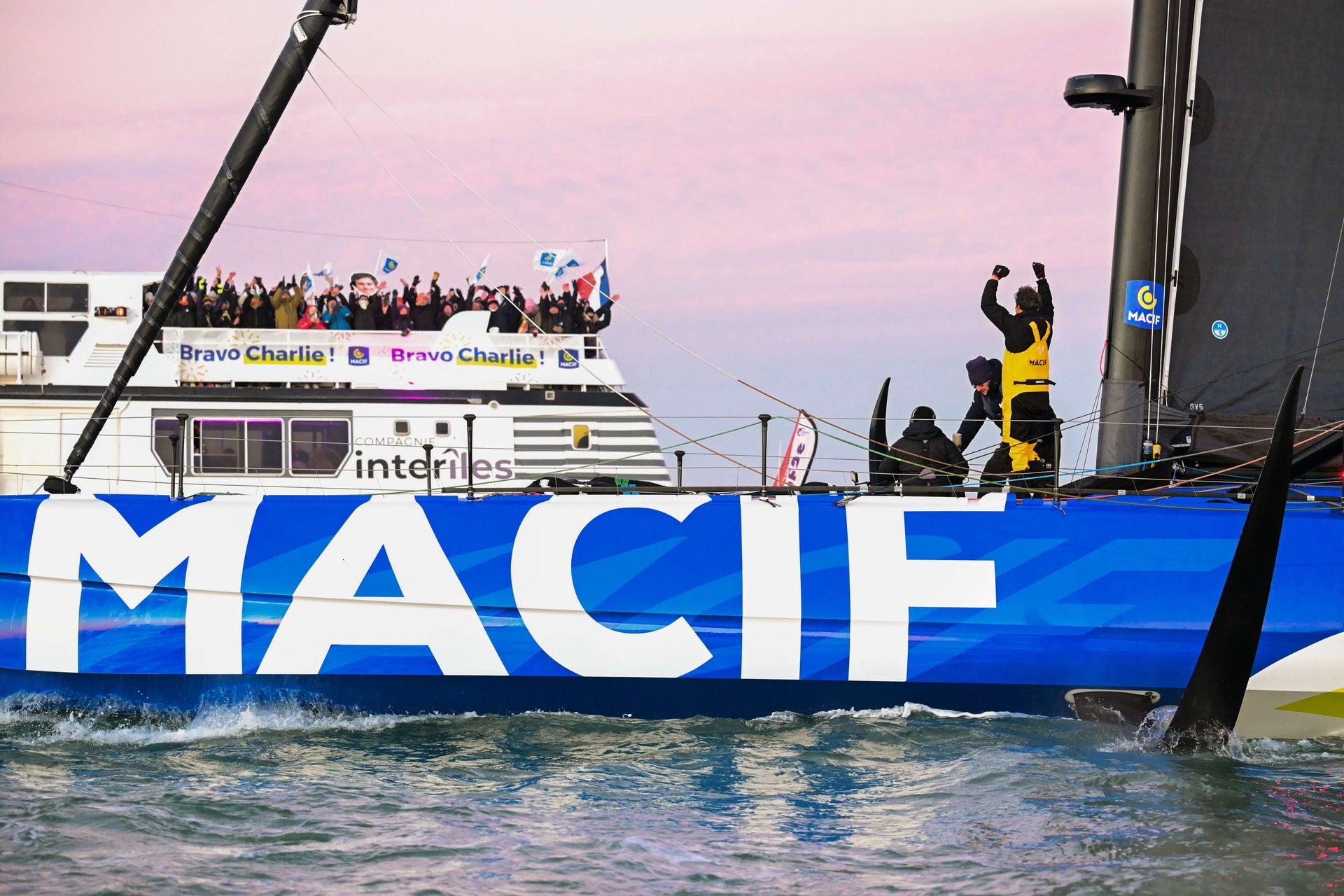THINKING BIG PICTURE: COACH MIKE INGHAM
US Paralympics Sonar coach, Mike Ingham, is leading Doerr, Kendell, and Freund off a World Championship win into the highly anticipated Rio Games.
Tell us about your role with the US Paralympic Sonar team?
I am the team’s coach. I started a few years ago helping US Sailing with some clinics, and it grew from there. Now I am full time focused on the team of Ricky Doerr, Brad Kendell, and Hugh Freund. I help organize their training, and have been with them every step of the way for the year leading up to and including the Paralympic Games in September.
The US team must feel confident going into the Rio games after their recent world championship victory and a strong run of results. What are the success factors for the team within such a competitive Sonar fleet?
Yes, we have had a good run and, with that, confidence. The team is talented, and their strengths diverse. Ricky Doerr has the ability to focus on driving fast for long periods of time. Brad Kendell is a highly competitive guy with a knack for seat-of-the-pants tactics. Hugh Freund is more methodical and is the glue that organizes the team both on and off the water. That combo is pretty powerful. My job is to be the objective observer that focuses them on the most important things. That’s usually reinforcing what they do well already, and constantly working on just a few of the key things that need improvement.
For those people not familiar with the Sonar, can you give us an insight into the racing, boat characteristics and Paralympic classification?
The Sonar is a small keelboat with a lot of cockpit room – perfect for the Paralympics. There are minor modifications based on the disability. For example, in our boat, Ricky is a Paraplegic so we have a bench that spans from seat to seat in the cockpit and a stainless bar that goes from rail to rail so Ricky can pull himself across. Brad is a double leg amputee above the knee and wears “stubby” legs to get across the boat with no additional equipment. Hugh is a single leg amputee below the knee and wears a giant eraser-like cover to his leg. He has an additional set of purchase on the jib so he can trim without the stability of two legs. The Paralympic Sonar has no spinnaker, and instead uses a pole mounted on the boom to hold out the jib downwind. Other than the bench, extra purchase on the jib sheets, and no spinnaker, the boats are standard Sonars.
A team of international doctors runs classification. Each sailor is given a classification from 1 (Quadriplegic) to 7 (an 8 would be able bodies if there were such a classification). The max number is 14 total for the 3 athletes. On our team, Hugh is classified as a 7, Brad as a 4, and Ricky as a 3.
How has north sails worked with the leading teams in the class and what cloth materials are you working with to deliver optimal performance?
As a strict one design class, we can’t use North Sails 3Di, mylar, or anything else like that, so we are “stuck” with standard polyester cloth. That is a good thing for the class as it limits the arms race. There are two mainsail cuts for the Sonar. We have chosen the flatter version because the Paralympic athletes sail with three people and only two are allowed on the rail, so we don’t have a lot of righting moment. We can measure in two jibs; one flatter and the other fuller and we switch depending on the conditions.
A couple of the teams have worked with North for special designs, most notably using North Sails Radian TM cloth in a radial design.
Most of the fleet uses the standard crosscut North Sails. All but one of the Paralympic teams at the games will be using North Sails.
We have not modified these cuts,. We use the standard off-the-shelf designs because they are solid and it is more important to learn to use what we have than develop something. Part of our “secret” to success is that we spent much of 2015 learning the subtleties of tuning so we can go fast. Hard to do well without going fast!
The Paralympics has a unique and inspirational atmosphere – what do you find special about working with these athletes?
I have done a lot of coaching in other classes, but before this, almost no Paralympic. Most of the time it is just the same as coaching anyone else. Sure there are some equipment differences like Ricky’s bench, but that is really no different than coaching say hiking vs. trapeze. Those are just details that need to be sorted. What IS different though is that these guys have a broader view on life than most sailors. I was told when I first started coaching Paralympic athletes that, for most athletes, chasing the Olympic dream is the hardest thing they have ever done – not so for Paralympians, many have already been through something much harder. That perspective is hard to put a finger on, but I can say they enjoy life, and don’t get rattled easily. To coach them, you have to show them that it matters; you can’t just go the tough love route!
How has training been going in rio? what insights can you give us to racing in Guanabara Bay?
I have to start with all the negative publicity because the press has made it on top of everyone’s mind. Sure it is not perfect there, but it is pretty cool in Rio. The scenery is spectacular, the people could not be friendlier, and we have yet to miss a day of sailing due to weather. It’s a pretty nice place to sail.
The bay itself is tricky, the most likely courses for us are “Naval” and “Pao”, each near the mouth of the Bay. The tide can come in on Naval really hard. I just last week measured 10 boat lengths a minute before one of the starts. There is an island just upwind of the course that looks like something out of a James Bond movie, and it offers some current relief –but it is not always clear exactly where.
On Pao, there is current too, but not as much. It is just to the West of Naval with the windward mark often tucked under the huge rock known as Sugarloaf. So the start is in current and relatively steady wind, but by the top 1/3 of the course it is shifty like a small Midwest US lake. We need to study the course more so are heading back down to spend time on the water, get used to the ripping currents, and the fluky winds.
That all said, it is really nice sailing. Mountains surround the bay blocking all but the strongest systems, so there is a reliable thermal that comes in early afternoon almost every day.
What are you most excited about for the Rio Games?
Lots can happen in sailboat racing, but we are in the hunt to do well and are proud to represent our country as a legitimate competitor! Some will argue that a World Championship is just as hard and should be treated the same, but having just won the Sonar Disabled World’s last month I can tell you first hand that yes, it is just as hard, but the Games are different because the non-sailing world watches. You are part of something bigger – nothing can match representing your country in the same place and time as all the other sports.
Catch up and stay in touch with Team USA One:
Follow US Sailing Team Sperry on Facebook
Ricky Doerr, Brad Kendell & Hugh Freund – UNCHARTED WATERS: https://youtu.be/GT5r1fbgfVo
World Championship Title for USA Sonar, Medemblik 2016: https://youtu.be/PO15rct-Z-k


